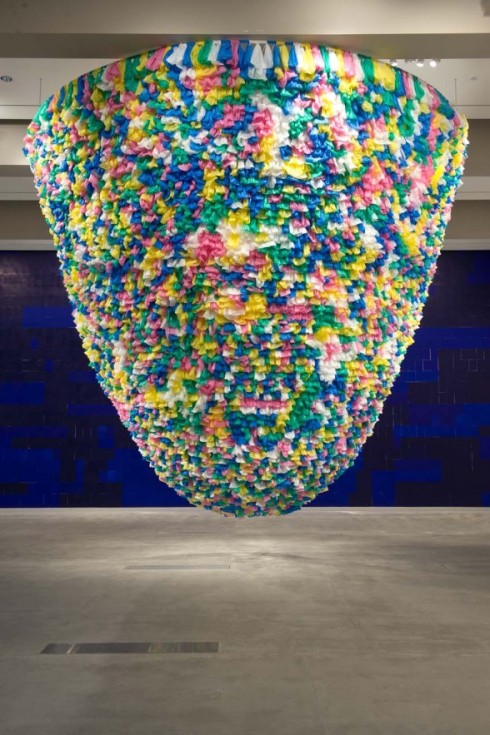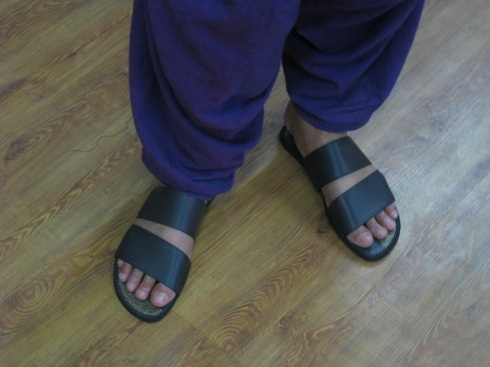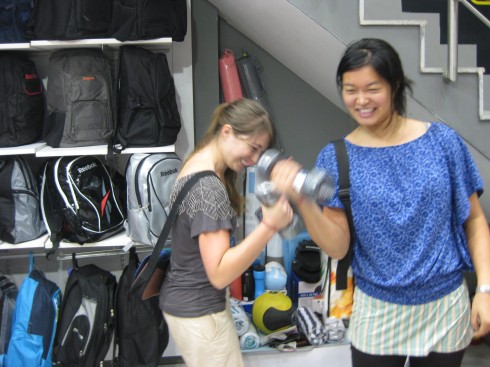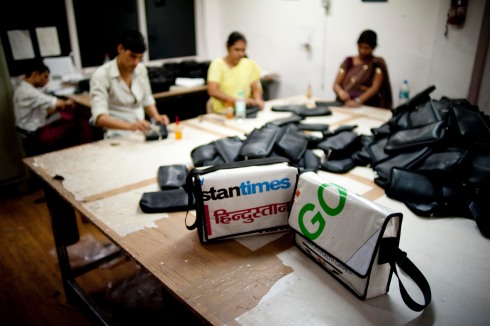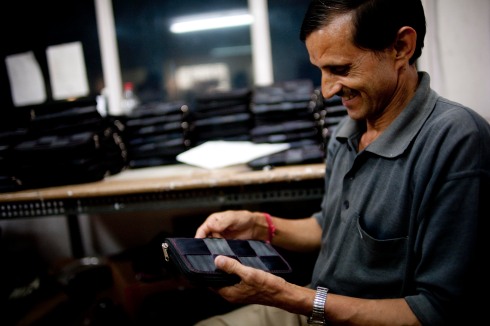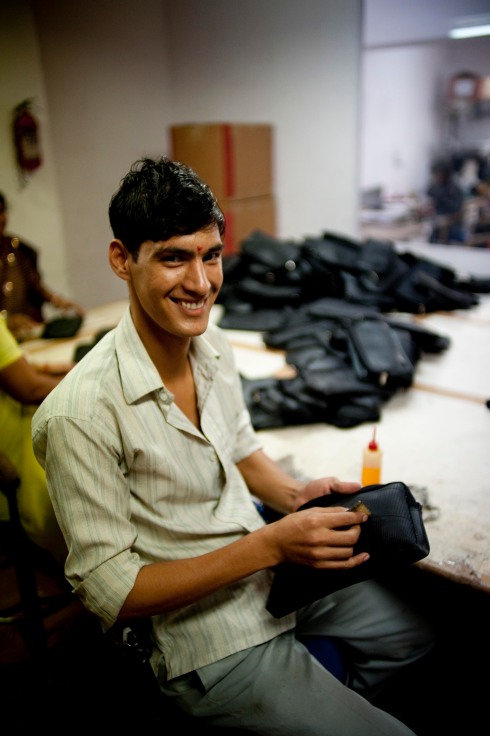Oh my, it’s been a really busy few weeks! Remember the British company we worked with in Delhi? Out of the blue they contacted me to see if I’d work on the sustainability part of a tender submission they’re putting together. I said,”Really? You’d pay me for doing something I enjoy? Yes please!” So I’ll be taking the next week to focus on this, but I’ll be be back soon to finish our project story.
Before signing off, I wanted to share with you a little piece of interesting reporting. It’s about trying to answer questions triggered by the journalist in my earlier post: why should the Games give you waste over giving it to poor people who lost their slum homes because of this event?
But did this really happen? Did people lose their homes because of the Games?
I never had much opportunity to physically go out and look for evidence of slum clearing by the city’s authorities during the Games. But a couple of enterprising Big Picture photographers did, and here’s what they documented:

Indian slum dweller Amit Kumar stands on the spot where his hut was demolished in New Delhi on September 27, 2010 as reported on Boston.com's The Big Picture (MANPREET ROMANA/AFP/Getty Images)

Children search for their belongings among the debris of demolished shanties in Gurgaon, in the northern Indian state of Haryana, September 30, 2010. The shanties were demolished by municipal workers near the Commonwealth Games shooting range on September 28, local media reported. (REUTERS/Parivartan Sharma)
Even more compelling evidence is revealed in Sumita Dasgupta’s startling piece on the unintended impact of clearing out the Gurgaon’s slum communities. I’ve sampled a small part of her article here, but I do recommend reading the full piece if you have 5 minutes to spare:
“…While the outer layer of the city had begun to shine, the colonies lying in the inner circles of Gurgaon suddenly looked shockingly shabby…The lanes inside the colonies were drowned in garbage, with plastic bottles, decaying vegetables, broken glass pieces strewn all over. This flood of filth had spilled over to Gurgaon’s arterial roads as well. The litter bins standing outside the gates had practically disappeared under the burden of waste.
So what went wrong? Well, when in the run up to the Games, the Gurgaon authorities decided to remove the slums, and drive out (albeit temporarily) the panic stricken people living there beyond the borders, they obviously had not realised how lethally this move was going to affect their Clean-Up operations. With the slum population gone, the lowest and the most critical link in the ranks of the city’s waste managers had gone missing too…” Games, Garbage and Gurgaon, Centre for Science and Environment, 13 Oct, 2010
So I guess there was a cost to the Delhi 2010 Games that may not readily show up on any final accounting reports – because, dear readers, it was human.
P.S. In case you haven’t clocked it yet, where an image, idea or words are from someone else I’m trying to make sure they’re fully attributed. It’s always a tricky one when you don’t have a lot of money to pay someone for their creative output (which is – as my creative professional friends say – the ultimate in attributing!)
But I was reminded there’s still a lot of value in ‘right proper’ sharing on the internet by Rosscott and Loldwell’s amusing comic strip on the topic. It’s ‘pretty cool’…so I’m sharing it… with credit…where it’s due.

